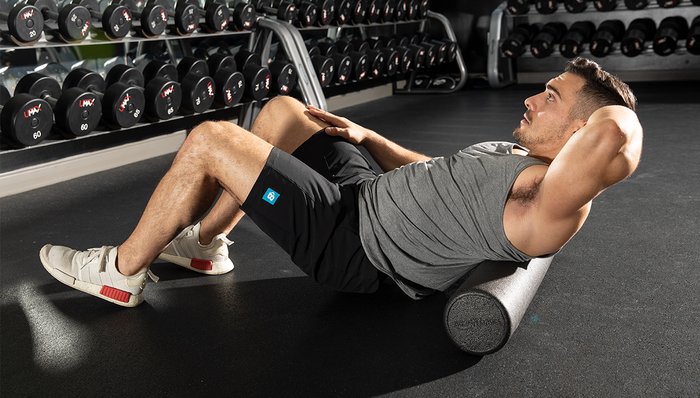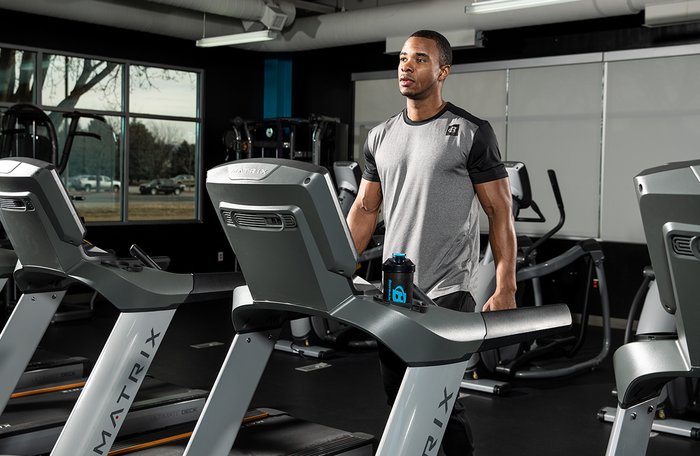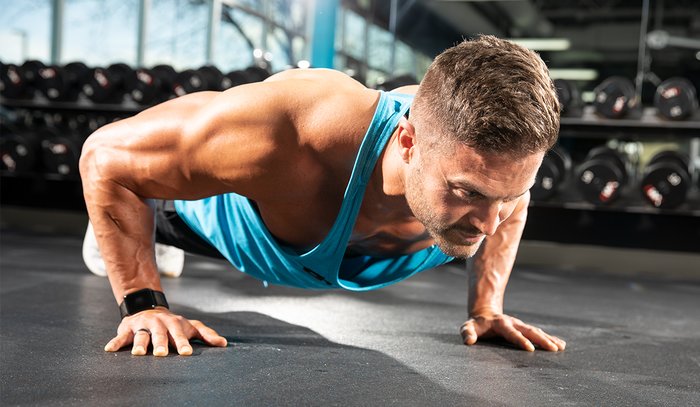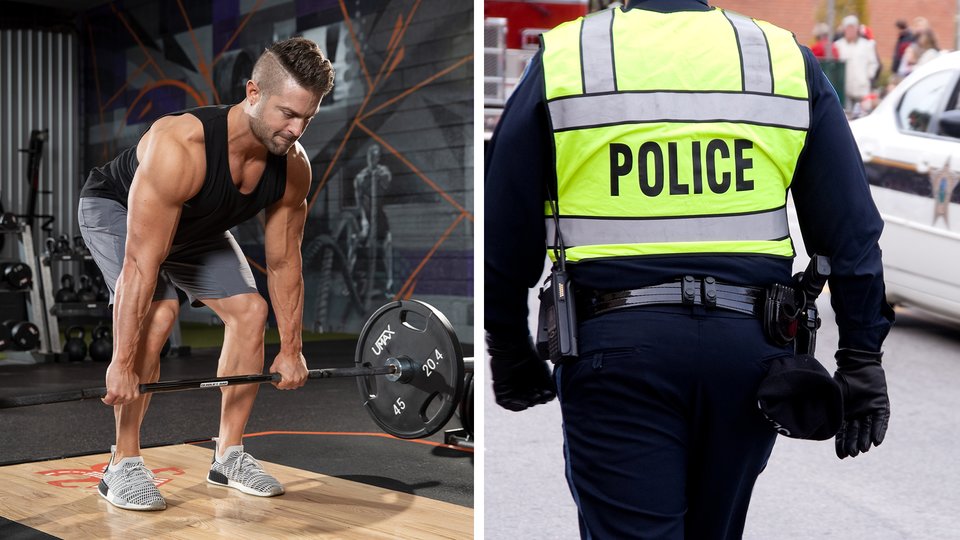Special Ops Tactical Fitness | Patrol Officers Tactical Fitness
If sitting is the new smoking, there are few populations more at risk than the modern patrol officer.
Twelve hours in a vehicle, most of them spent in an awkward right twist to access the built-in computer, can take its toll on an officer’s posture, strength, and flexibility—not to mention their overall health. An officer must also be able to go from a sit to a sprint in an instant, and if they end up in a fight, they can’t afford to lose. The key to weathering these dynamic bursts of athleticism requires thought and preparation as well as something law enforcement officers (LEOs) have little to spare: time.
Most agencies work on a schedule of three consecutive days of 12-hour shifts, followed by four days off. Anyone who does that type of shift work knows it often comes down to a choice between a good sweat session or an extra hour of precious sleep. And on days off, gym time competes with errands, kids’ games, to-do lists, and general recovery. In other words, life.
Whether you carry 20-30 pounds of life-saving gear around all day, or you’re just someone in search of more time-efficient training protocols, these goal-specific 30-minute workouts can help you become significantly stronger, faster, and more functional in far less time per session.
Use them either as a standalone weekly routine or in addition to your existing routine. As always, be wary of training so much as to stall your gains, make you more susceptible to injury, or adversely impact your performance on the job. Maintain your recovery by following your workouts with 3-5 minutes of static stretching and deep-tissue work on a foam roller.

Strength Training for Patrol Officers
Strength is vital in every task an officer will be called upon to perform, from breaking up a bar fight to pulling a victim to safety. While there are many ways to increase strength, the best approach involves lifting heavy weight for a few picture-perfect reps. Powerlifters often train at or near maximum loads but take up to 5 minutes of rest between sets and exercises. Officers don’t have time for that! Here, we’ll utilize the CrossFit-inspired ”every minute on the minute” (EMOM) approach, but dialed back for a strength focus.
Workout Notes:
- Perform a general dynamic warm-up before your deadlifts. It should include 3-5 minutes of activities such as leg swings, inchworms, and movement-focused mobility work.
- Select a weight you can handle for 8-10 reps, but only complete 3-5 each set, focusing on form and speed on each rep.
- After your deadlifts, perform some dynamic upper-body moves such as arm swings and band pull-aparts to redirect blood flow into your pecs, delts, and lats.
- Perform 1-2 unweighted sets of pull-ups and dips before adding weight, and limit your extra weight to 20-30 pounds. If you can’t complete 3-5 reps for all 10 sets, drop or eliminate weight until you are able to do so.
Pre-workout supplements can help you fight fatigue and keep grinding during hard and heavy strength training.
Speed Training for Patrol Officers
No matter if you’re in your 20s, 30s, or 40s—and regardless of whether you wear a badge or have a beat—sprints should be part of your routine. Sprints have many benefits, including muscle preservation (or even growth) and increased metabolism for greater fat burning. The weighted vest sprints (with an extra 20-30 pounds) replicate the task of running in duty gear.

Workout Notes:
- Your warm-up should include 3-5 minutes of activities such as jumping jacks, butt kicks, and movement-focused mobility work for your ankles and shoulders.
- For the speed skaters, hop quickly from side to side, covering as much ground as possible while spending as little time in contact with the ground as possible. This move will help strengthen your ankles and knees against change-of-direction injuries.
- While jumping rope, vary your cadence and landing spots and move from two- to one-foot jumps for the 3 minutes.
- Each sprint should be a maximum effort. Run as fast as you can with good form. Rest 80-100 seconds between sprints.
Functional Conditioning for Patrol Officers
General conditioning is valuable because it trains your body to be able to move well in a functional capacity under load. It’s not often a LEO is called upon to curl a heavy barbell (OK, never), but it’s not uncommon to have to carry, push, or pull objects or people.

Workout Notes:
- Warm up with dynamic movements, similar to the previous workouts.
- Perform listed exercises as a circuit, moving as quickly as possible between exercises.
- For the farmer’s walk, use a hex bar if available, with 75-100 percent of your body weight. Dumbbells or kettlebells are also an option.
- For the sled push, load enough weight to make the initial push challenging, while still allowing you to last 15 yards.
- Some athletes may be able to use a heavier sledgehammer, but 30 seconds should yield approximately 20-25 strikes.
